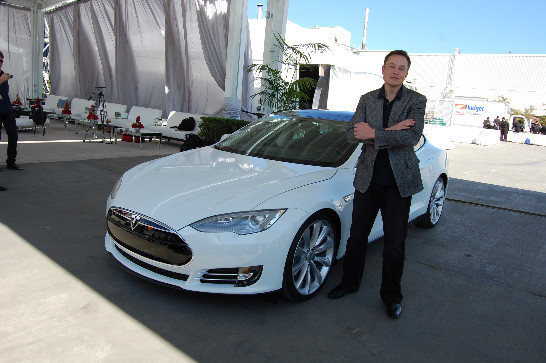
Can the Rentier State Survive the Electrification Revolution?
The theory of a rentier state was first hypothesized by Hussein Mahdavy in 1970 and is defined as “A state, which derives all, or a substantial portion of its national revenues from the rent of indigenous resources to external clients.” By its very definition, a rentier state is heavily reliant on the profits from exporting lucrative resources, such as oil, to provide services and security to its citizens in exchange for their acquiescence to the authority of the ruling elite. Without the revenues from such lucrative resources, rentier states would likely collapse or be forced to make significant reforms to their economy and political structure to keep the regime in place. The states that meet this criteria include: Gulf States, Nigeria, Gabon, and possibly even Iran.
For nearly a century, oil-exporting rentier states have thrived off the profits from their vast petroleum reserves, but today they find themselves faced with a growing number of challenges: non-petroleum fuels, greater energy efficiency in combustion engine vehicles, lower oil prices, and the rise of electric vehicles (EV’s) and improvements in battery technology.
A report from the Department of Energy in 2015 found that in the U.S., non-petroleum fuels have continued to expand their market share and reduce the need for petroleum fuels due to the “increased blending of biomass-based fuels with traditional vehicle fuels and growing use of natural gas in the transportation sector.” Such developments indicate that growing competition from non-petroleum sources could speed up the transition away from oil products that are essential to the economies of energy producing rentier states.
Higher fuel economy standards are also driving technological developments in combustion engine vehicle designs. Multiple countries, including the U.S., China, India, and the European Union, are planning on steadily increasing fuel economy standards over the coming decades. These efforts have already led to substantial innovations. For instance, hybrid vehicles were once considered too costly and undesirable from the consumer’s perspective but are now becoming standard across most vehicle fleets.
In recent years, rentier states have had to confront another big challenge; the growing abundance of oil and gas and the subsequent drop in prices. Since 2014, the average price of oil has gone from over $100 to around $50, a reduction of more than 50%. The massive decrease in oil prices was mostly due to advances in hydraulic fracking in the U.S. and attempts by the Organization of Petroleum Exporting Countries (OPEC) to protect market share over price.
While the previous challenges have undermined the reliability and profitability of rentier states financial model, most states have been able to adjust. However, the rise of the electric vehicles and improvements in battery designs have the potential to revolutionize transportation in ways that could bring about the demise of the rentier state. There are five developments that are driving growth in electric vehicles and battery technology. First, over the last decade the persistent tweaking of lithium ion battery technology has had a cumulative affect towards improving the energy density and reliability of these energy storage systems. Second, companies like Tesla, Panasonic, and LG have begun to decrease the price of lithium batteries by substantially increasing economies of scale. Third, across the U.S., Europe, and China, major efforts are underway by government and private entities to increase the number of battery charging stations. Fourth, innovations in charging systems have improved electric vehicle charging times. Finally, over the last few months, China and a number of European states have taken the unprecedented action of announcing plans to phase out combustion engine cars by 2040.
There are also new developments in battery technology that may accelerate electric vehicle production even faster. According to numerous industry sources, including the car manufacturer Toyota, solid state batteries which have 2 to 3 times the energy density of traditional lithium ion batters, are much safer, last longer, can charge in a few minutes, and are only five years away from mass production. If such reports are true, it could result in a more rapid transition to electric vehicles than even the most optimistic projections a few years ago.
One cannot ignore the fact that electric vehicles make up less than .5% of the current global vehicle market. However, analysts at Seeking Alpha believe that electric vehicles will achieve cost parity with combustion engine cars by about 2025, which by no coincidence, is also when total oil demand is estimated to peak. Additionally, by 2030, analysts at Seeking Alpha also believe that electric vehicles will make up 50% of the new vehicle market.
Faced with such challenges, the modern rentier state will have some difficult choices to make. Either these states will decide to act proactively by rapidly diversifying their economies and expanding the rights of their citizens, or they will risk facing a very bleak future, whereby their very survival may be at stake.





